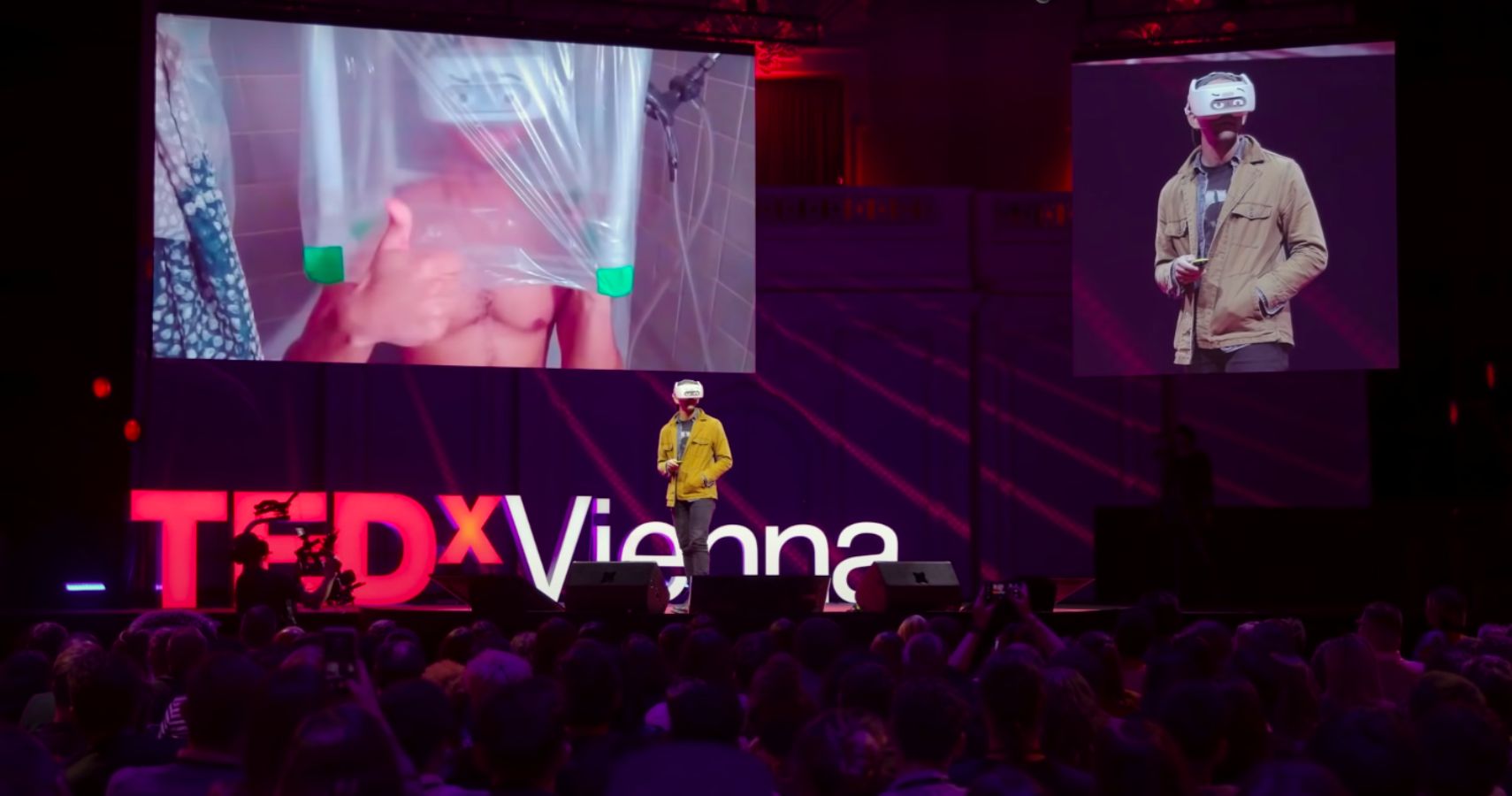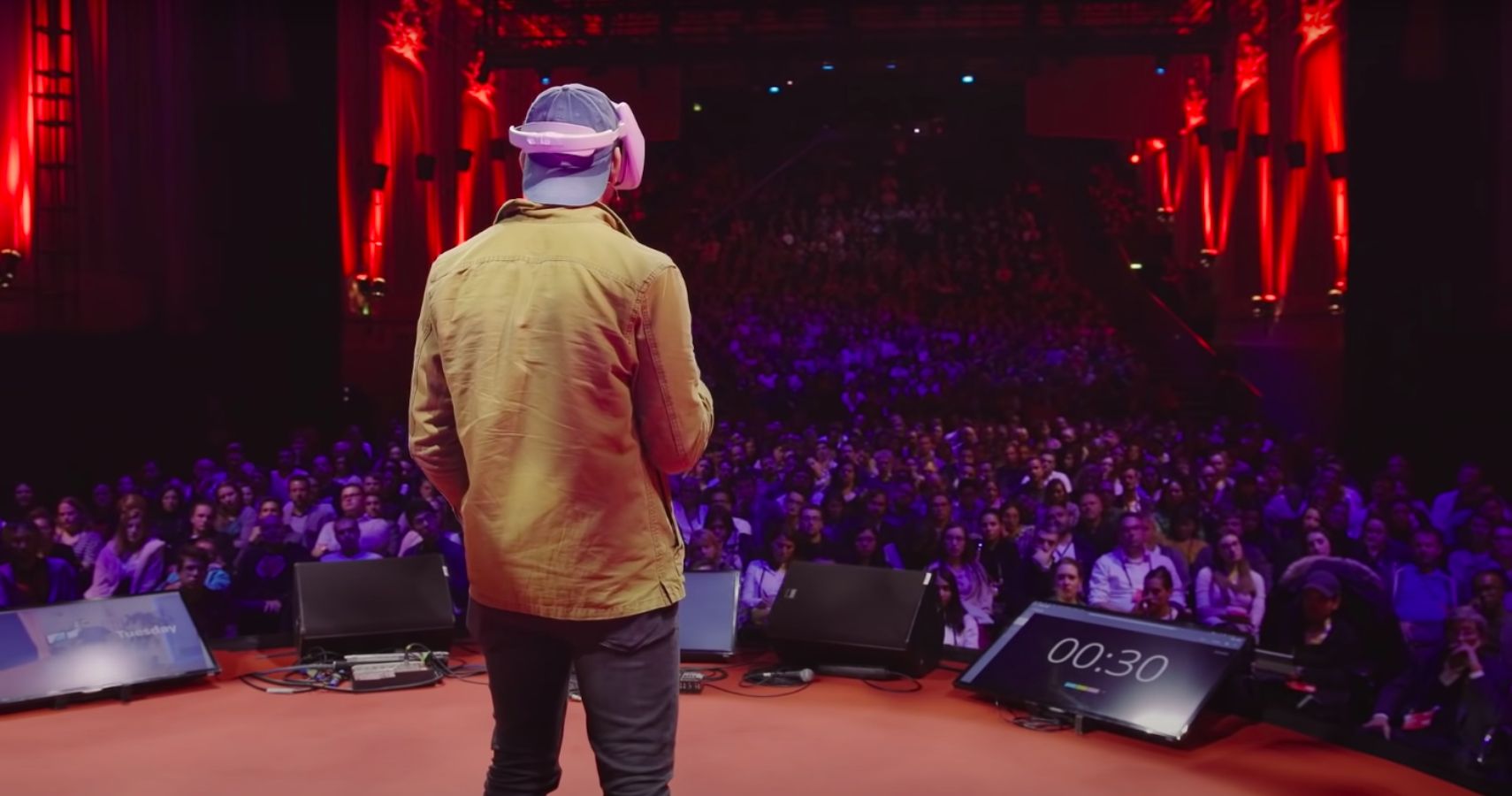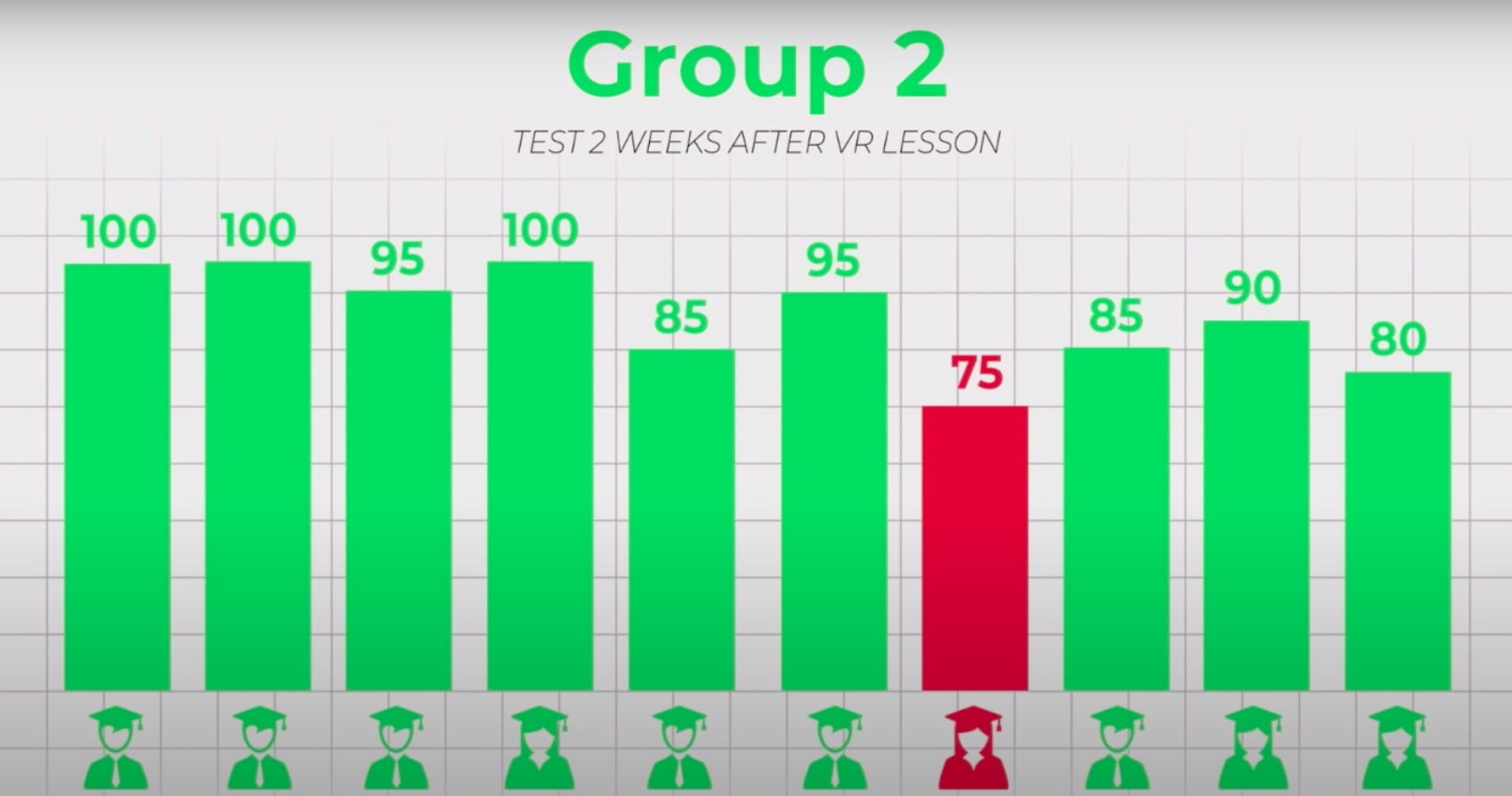At the beginning of last year, a guy by the name of Jak Wilmot decided to spend an entire week living in VR. Why, you ask? Besides the fact that it would make a great TED talk, he wanted to experience first-hand what the implications are of simulating our reality in every aspect of daily life.
Wilmot literally did everything – sleeping, eating, showering, and working – with an HMD strapped to his head for 7 straight days. To help himself ease into his new VR life he made use of “passthrough view,” which allowed him to see a low-res representation of his apartment. But then that started feeling a little claustrophobic.
So then he switches over to some actual VR environments – a bit of the ol’ African savanna, a peaceful forest, a virtual gym. This was cool and all, but he started to feel incredibly lonely soon enough. Of course it did, seeing as humans are inherently social beings and we (generally) love to share moments – both special and mundane – with other humans.
But don’t worry, there’s a VR thing for that too! Wilmot hopped onto AltspaceVR – a “virtual utopia,” as he describes it, wherein events and meetups are hosted by people all over the world. He had a great time mingling with his avatar pals at a SpaceX launch – virtual beer to boot! So that was his dose of socializing taken care of.
By Day 2, however, a new problem emerged. His circadian rhythm – the so-called “internal clock” that ideally syncs up nicely with the predictable cycles of light and dark that the sun blesses us with – was becoming all wonky. For the sake of minimizing distractions, he had blacked out his apartment windows IRL and thus couldn’t see day or night pass, leaving him with a pretty strong sense of psychological and physiological disconnection.
But then he simply started to match his VR environments to reflect day or night according to Real Life Time – and voila! He had lulled his unconscious into a sense of comfort by artificially recreating the familiarity of the sun-and-moon cycles.
Interestingly, even his dreams started becoming game-ified – he mentions they would at times feature their very own UIs that echoed the kind visible in his waking VR environments.
By Days 5 and 6, he’s almost completely accustomed to this new digitally-enhanced way of life, really feeling like he’s “in the flow.” He reports that his productivity was especially humming along nicely, thanks to the lack of external distractions.
But as great as that is, by the end of Day 7 he was really quite happy to remove that headset. And as glamorous as the whole thing sounds at face value, Wilmot’s take-home finding is that at the end of the day he was still doing (and wanted to do) everything he did before, just with a somewhat updated lens.
Is VR Going To Take Over Our Lives?
Despite this experiment’s being an anecdotal and somewhat over-exaggerated demonstration, it still provides a fascinating peek into how VR and augmented reality will inevitably become more of a feature in our daily lives. It’s still far too early in the VR timeline to realistically be opting for full, week-long VR dives, but there’s really no reason for it not to become more possible as VR inevitably becomes more mainstream.
Wilmot mentioned a study done in China wherein two groups of students received the same astrophysics lesson, but one in a traditional classroom, and the other in VR. After being tested on the content 2 weeks later, the average class grades obtained by students were 98% and 68% for the VR and traditional classroom settings, respectively. It’s safe to say that VR also has huge potential in education, too.
VR – in theory – lets us go anywhere, be anyone, and do anything. It is already revolutionizing the way we entertain ourselves, and it promises novel ways of enhancing other aspects of our lives too, such as education. But at this point, it seems like it still has a way to go until we’re willing to let it replace the mundaneness – but essential realness – of our own reality.
Source: Read Full Article


